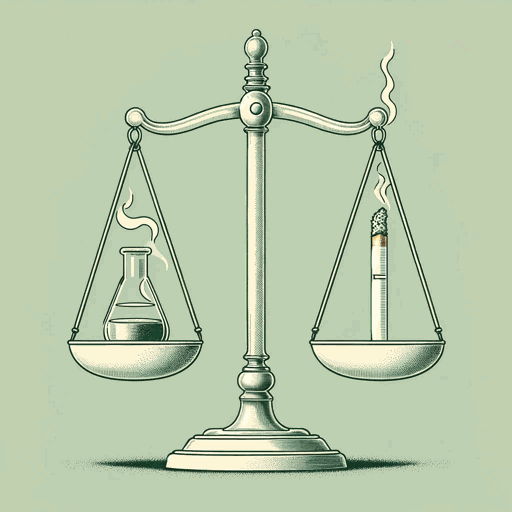83 pages • 2 hours read
Naomi Oreskes, Erik M. ConwayMerchants of Doubt: How a Handful of Scientists Obscured the Truth on Issues from Tobacco Smoke to Global Warming
Nonfiction | Book | Adult | Published in 2010A modern alternative to SparkNotes and CliffsNotes, SuperSummary offers high-quality Study Guides with detailed chapter summaries and analysis of major themes, characters, and more.
Themes
Certainty versus Uncertainty
Much of the Tobacco Strategy examined within this narrative—used by the merchants of doubt, industries, and the government alike—concerns the powerful nature that uncertainty can have in questioning the proposed truth of scientific evidence. By its nature, science is uncertain, as it only provides the evidence for assumed conclusions. In many cases, the merchants of doubt capitalized on the uncertain nature of science to disavow conclusions they did not agree with. They used the logic of the 19th century positivists, who believed in the absolute truth of positive knowledge. When they examined the evidence based on this assumption, they compelled the public to believe that the evidence was in question: “We think that science provides certainty, so if we lack certainty, we think the science must be faulty or incomplete” (267).
However, it is in the nature of science—and in truth, of knowledge—to be incomplete. Science can never explain the full picture, as new scientific evidence is always coming to light, and changing previous assumptions:“History shows us clearly that science does not provide certainty….It only provides the consensus of experts, based on the organized accumulation and scrutiny of evidence” (270). It is this expert consensus, not the certainty of evidence, that is important in terms of scientific knowledge.

